12" 300LB butterfly valve is made according to API 609 standard. The valve body is made of WCB. It has the structural characteristics of high performance and double eccentric. Its operation is turbine operation and packing is graphite.
Payment:
30% when order confirmed, 70% before shipmentProduct Origin:
ChinaColor:
CustomizationShipping Port:
Shanghai, ChinaLead Time:
30~60 days Ex Works after order confirmationMaterial:
WCBMethod of Operation:
Turbine OperationProduct Description
|
Type |
Butterfly Valve |
|
Size |
12" |
|
Pressure |
300LB |
|
Connection |
RF |
|
Operation |
Turbine Operation |
|
Body Material |
WCB |
|
Design & manufacturing standards |
API 609 |
|
Temperature & pressure standards |
ASME B16.34 |
|
Inspection & test |
API598 |
|
Flange size |
ASME B16.5 |
|
Temperature |
-30℃~204℃ |
|
Applicable Medium |
Water, Oil and Gas |
Features
1. Anti-fire, anti-static and anti-flying valve stem;
2. It is bi-directional sealed and has excellent performance;
3. Reasonable design, compact structure, easy assembly and disassembly, easy maintenance.
Technical Drawing
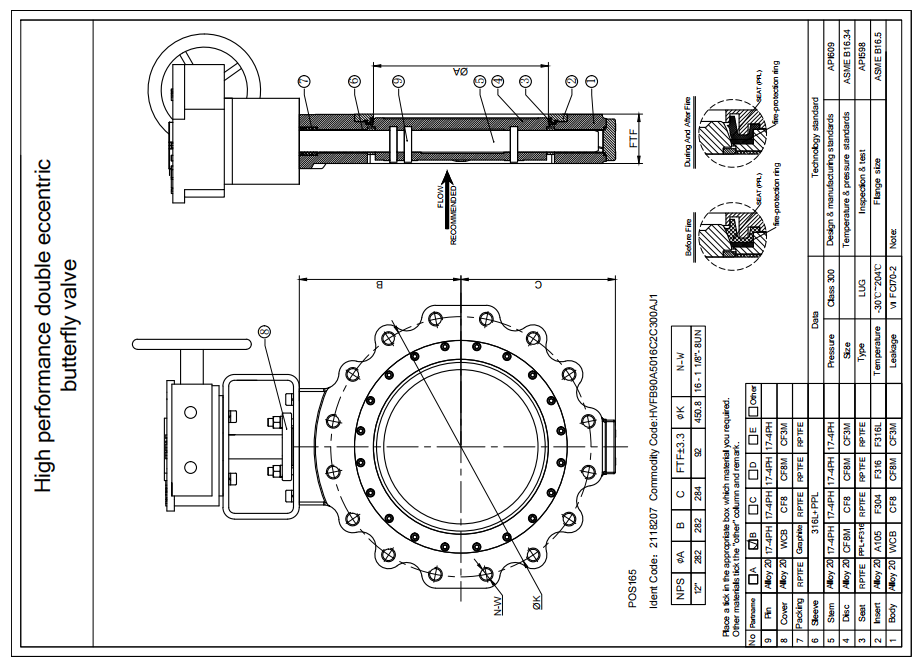
Dimension Checking
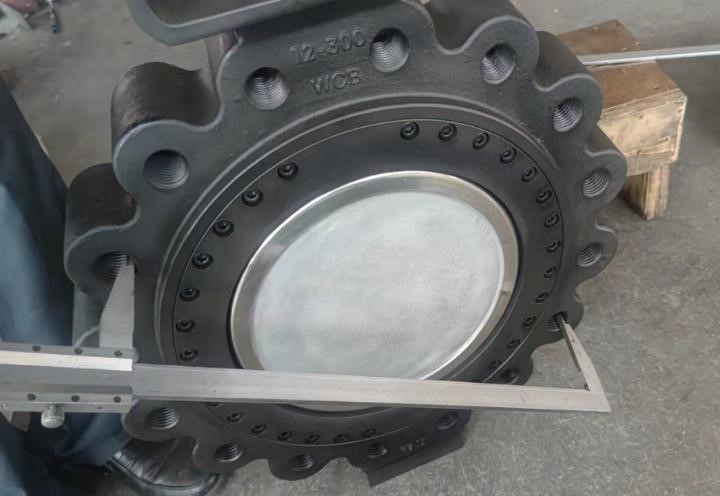
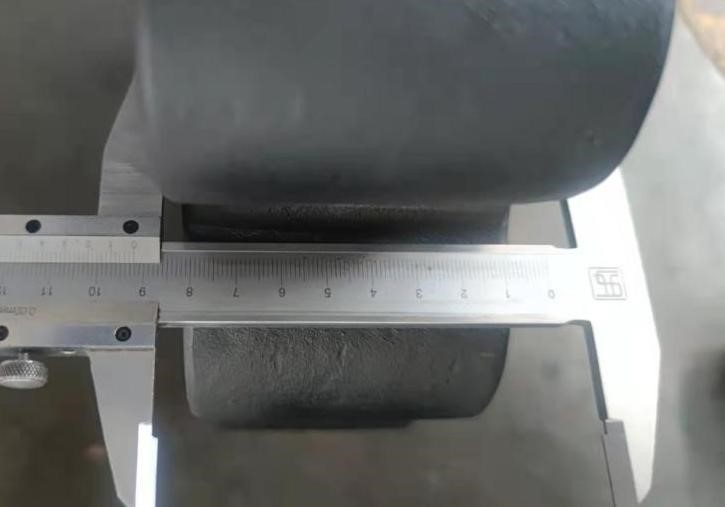
Pressure Testing
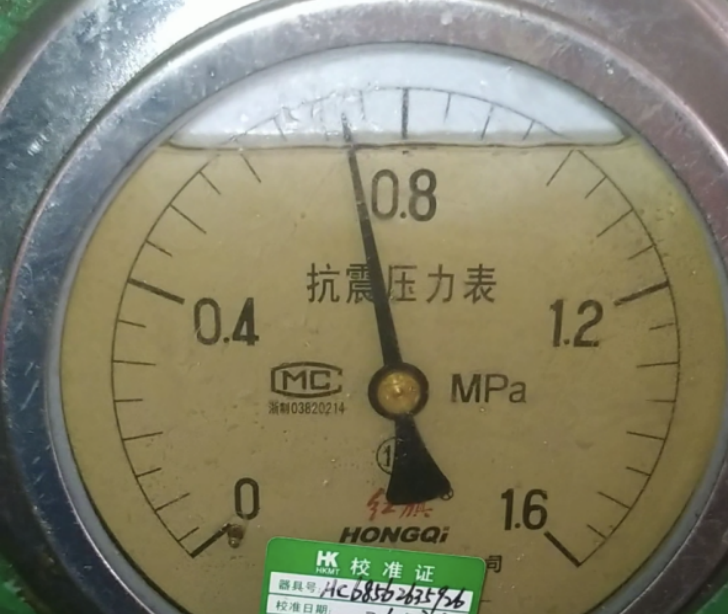
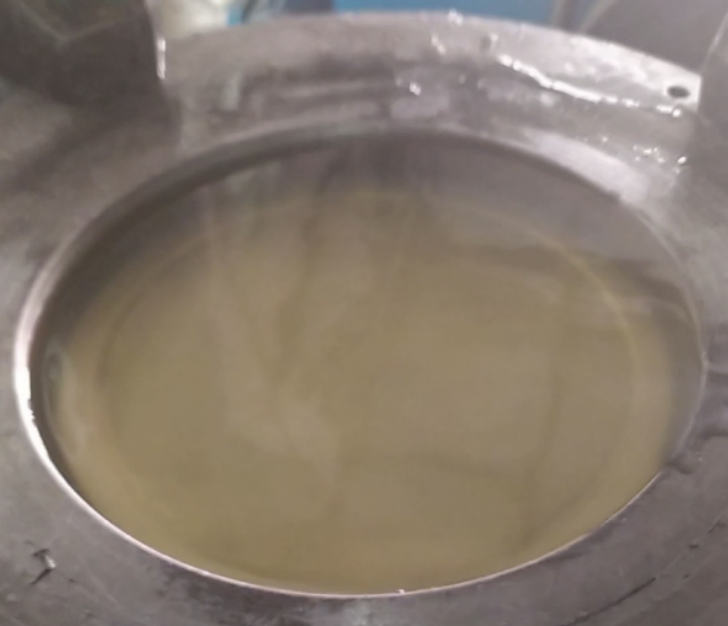
Nameplate & Packing
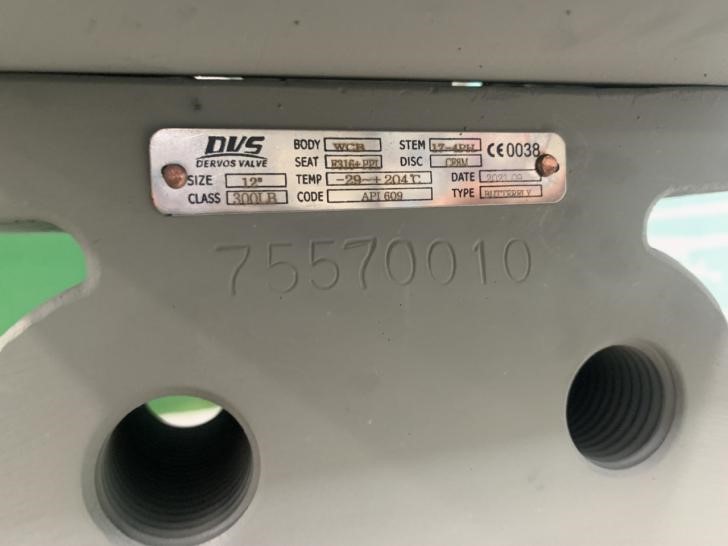
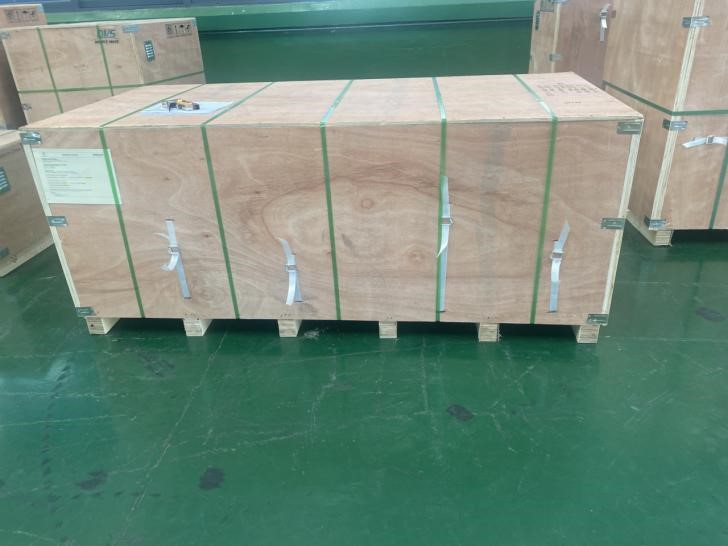
Inspection report
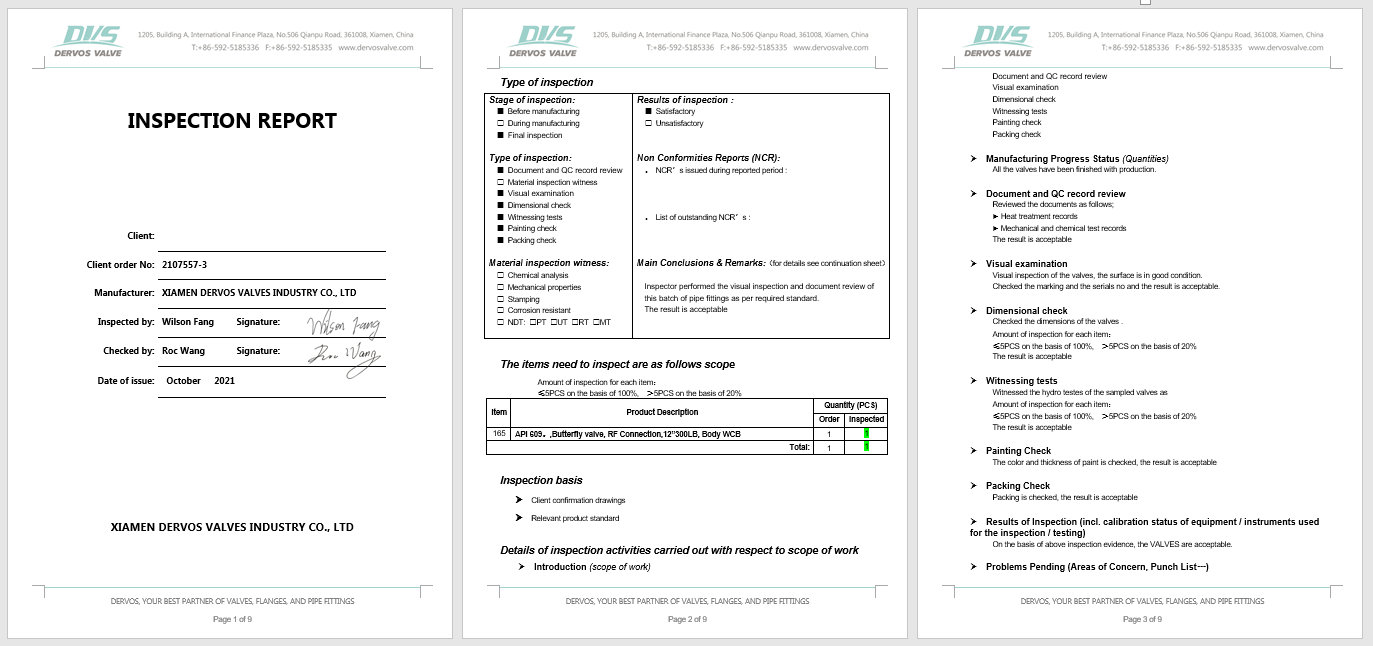
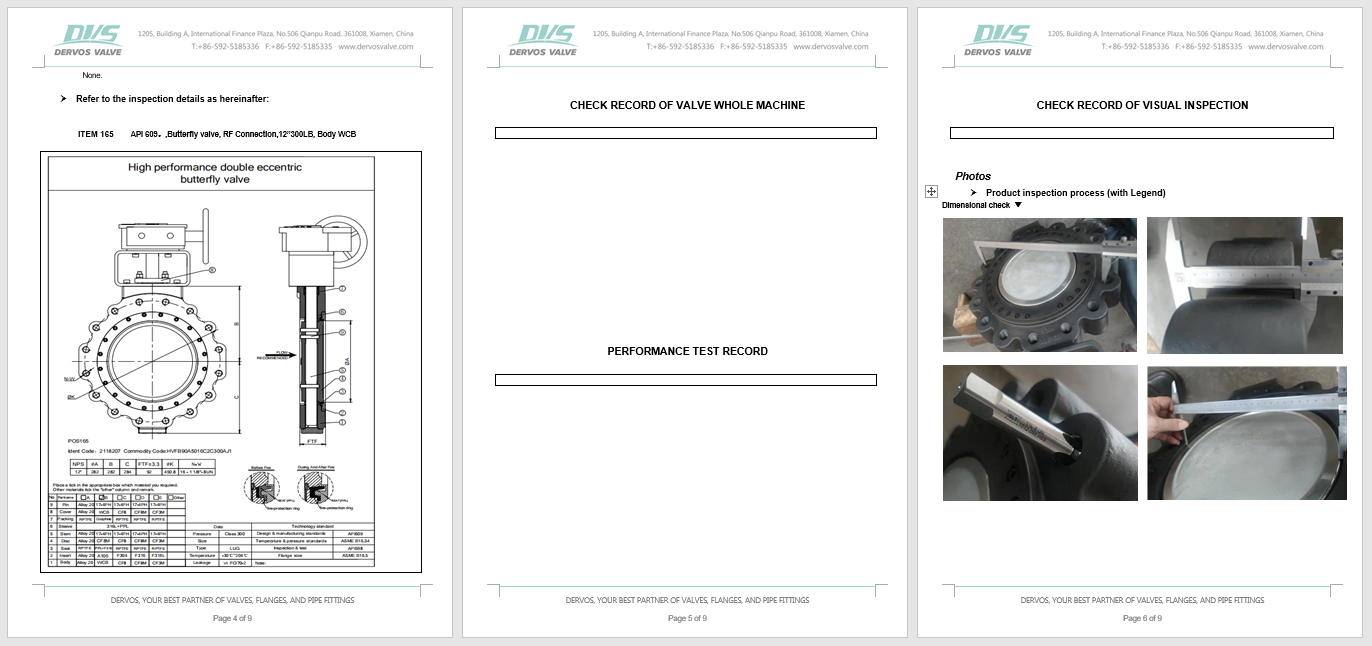
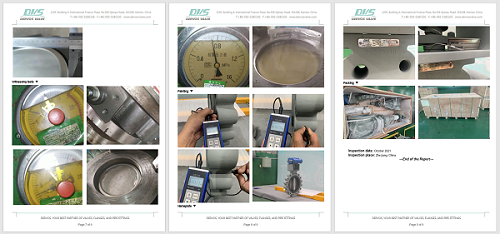
If you are interested in our products and want to know more details,please leave a message here,we will reply you as soon as we can.